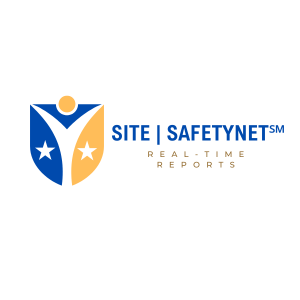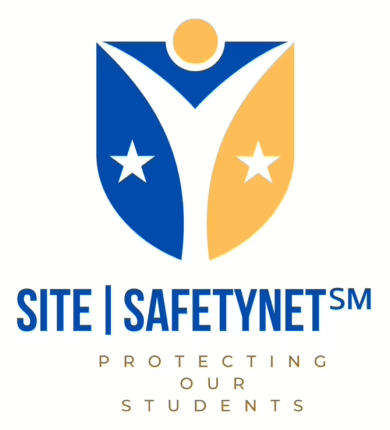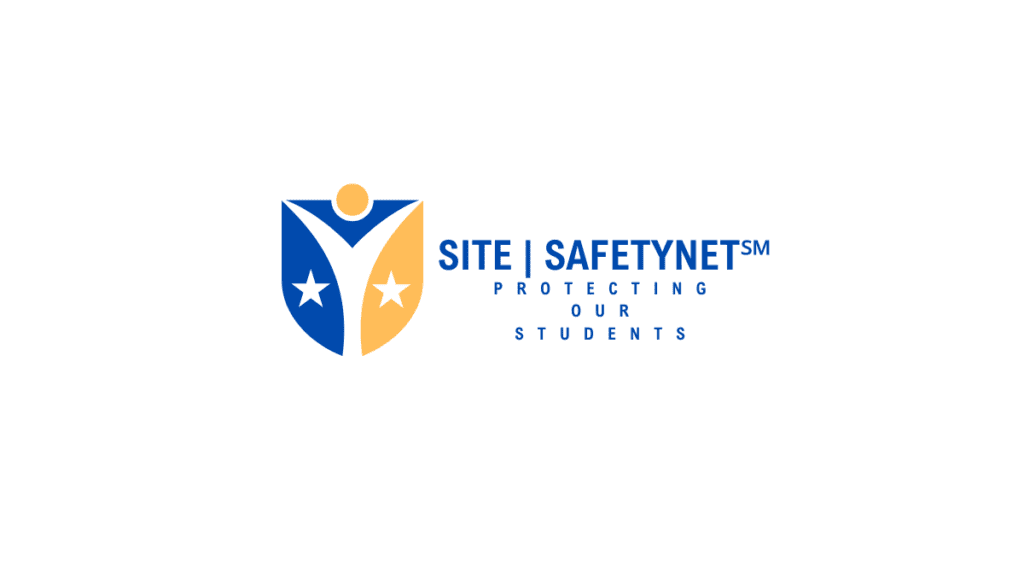 By Robert Jordan, Founder of SITE| SAFETYNET℠
By Robert Jordan, Founder of SITE| SAFETYNET℠
For three critical hours after four students were shot, two fatally, at Benito Juarez High School, the school principal and some staff members obstructed the police investigation. The Illinois Answers Project has learned that weeks later, school officials had to be threatened with grand jury subpoenas to spur their cooperation.
The mass shooting occurred just before Christmas 2022. Detectives quickly learned that the four victims and the suspected shooter were current or former CPS students. They requested to view school surveillance videos, interview a student witness, and access other relevant records. However, according to public documents and police sources, school principal Juan Carlos Ocon and other administrators repeatedly told detectives that cooperating would violate CPS policy and insisted on consulting their legal department first.
These delays cost investigators invaluable time to interview witnesses and gather physical evidence. About eight weeks later, police arrested a 16-year-old in connection with the mass shooting after they saw him leaving a stolen car with a rifle. Between the slayings at Juarez and his arrest, he is suspected of participating in another shooting. The teenager has pleaded not guilty in the Juarez shooting, and his defense attorney has questioned the strength of the case due to the delay in his arrest.
Interviews with Chicago police and CPS sources, as well as a review of thousands of pages of police and school records and emails, many heavily redacted, reveal chaos at the site of the Juarez shooting and significant disagreements between officers and the school’s principal, Ocon. Police informed Ocon and CPS’ chief of safety and security, Jadine Chou, that the emergency of the shooting warranted their cooperation, leading to a prolonged back-and-forth between high-ranking officials in both agencies.
Although police considered charging Ocon with obstruction of justice, they ultimately decided against it, and CPS did not discipline Ocon. Chou disputed the duration of the delays, stating that police eventually gained access to the surveillance video and information provided to the principal by a school employee.
A CPS spokeswoman stated there had been no findings of wrongdoing, but records show the agency never conducted a comprehensive after-action review of the incident. Tensions between the police and CPS over the reporting of violence on school grounds have existed for years, but the degree of resistance encountered at Juarez stood out to law enforcement officials.
This incident spurred CPS to consider changes in how it deals with police during violent crimes involving students on school grounds. Cooperation between the two agencies has reportedly improved in recent months, with police quickly gaining access to critical information in subsequent Chicago school shootings. However, CPS has yet to create a formal policy or update, with officials expecting to finalize one before the 2024 school year—nearly 21 months after the shooting.
Much of the disagreement stemmed from an apparent misreading of federal and state laws governing the release of student records. According to Chou, she was told by CPS counsel from the scene of the shooting that information could be disclosed during an active shooter situation. However, district policy, state law, federal law, and CPS training documents allow school officials to cooperate with police during “health and safety” emergencies without setting the threshold as high as an active shooter.
As police and school officials exchanged input on the policy, detectives continued their investigation. They faced resistance from CPS staff, leading to delays in accessing critical information and interviewing witnesses. This hindered their ability to gather timely evidence and resolve the case efficiently.
The week following the shooting was chaotic, with school officials needing to find counselors for students and assure parents of their children’s safety. Social media posts threatened retaliation, and CPS requested extra police officers near the school during the week.
Efforts to address the issues between CPS and CPD culminated in an informal agreement. While the cooperation has improved in recent incidents, the lack of a formal policy remains a concern.
At SITE| SAFETYNET℠, we emphasize the importance of clear communication and cooperation between schools and law enforcement during emergencies. Our platform provides comprehensive safety assessments and continuous reassessment to adapt to new challenges and ensure the highest school safety standards. Proper planning, training, and protocol adherence are essential to prevent delays and ensure effective responses during critical incidents.
For more information on our safety assessment and reassessment platform, visit SITE| SAFETYNET℠.

